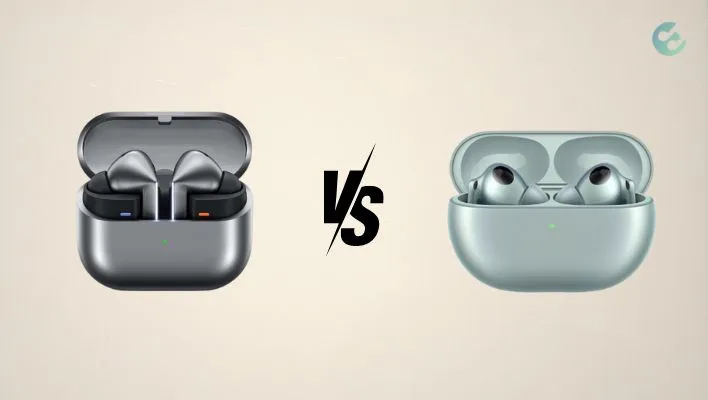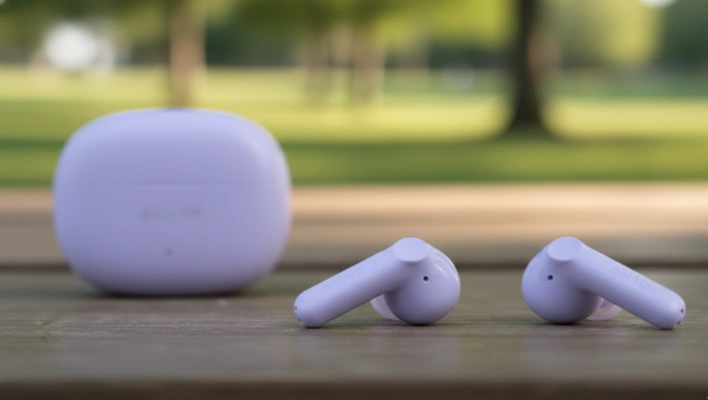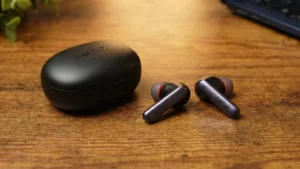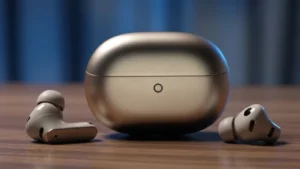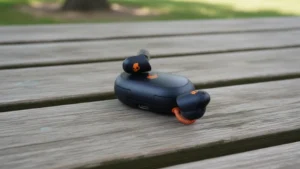Finding the ideal wireless earbuds can be a bit overwhelming, especially when weighing high-end models like the Samsung Galaxy Buds 3 Pro against the Huawei FreeBuds Pro 3.
Both have fantastic features, but which one is the best fit for you?
Let’s explore a thorough comparison to guide you in your decision-making process.
Price and Availability
The Samsung Galaxy Buds 3 Pro are new on the market and cost $249. The Huawei FreeBuds Pro 3 have been around for about 9 months and sell for around $177.
That’s a big difference of $72, which is worth thinking about. You might even find the Huawei earbuds for less on some websites, but we’ll stick to regular store prices for this comparison.
Best Deals:
Galaxy Buds 3 Pro: View on Amazon
Huawei FreeBuds Pro 3: View on AliExpress
Samsung Galaxy Buds 3 Pro vs Huawei FreeBuds Pro 3: Specs Comparison
| Category | Samsung Galaxy Buds 3 Pro | Huawei FreeBuds Pro 3 |
|---|---|---|
| Price | $249 | $177 |
| Design | Triangular stem with LED light | Slightly smaller stem, thicker earbud portion |
| Water Resistance | IPX7 | IP54 |
| Audio Codec | Samsung’s proprietary codec | Supports LDAC |
| Battery Life (with ANC) | 5-6 hours | 5-6 hours |
| Battery Life (without ANC) | About 7 hours | About 7 hours |
| Charging | USB-C and wireless, fast charging | USB-C and wireless, fast charging |
Design and Build Quality
Both earbuds look similar overall, moving away from the button-style earbuds we’ve seen before.
The Samsung Galaxy Buds 3 Pro have a special LED light on the stem, which is great for being seen when running at night. They also have a triangle-shaped stem that makes the touch controls easier to use.
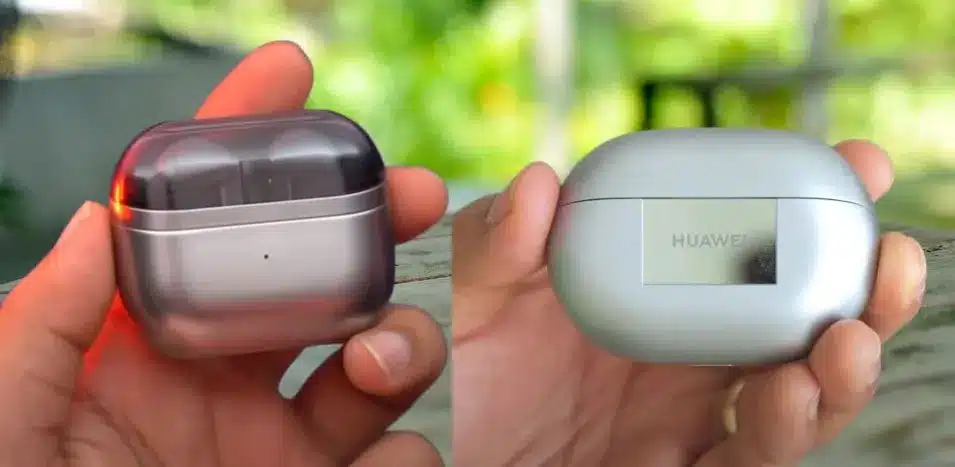
The Huawei FreeBuds Pro 3 have a slightly smaller stem but are a bit thicker in the earbud part.
When it comes to water protection, the Samsung earbuds win with their IPX7 rating, which means they can handle being in water. The Huawei earbuds have an IP54 rating, which is good for sweat and light rain but not as strong as Samsung’s.
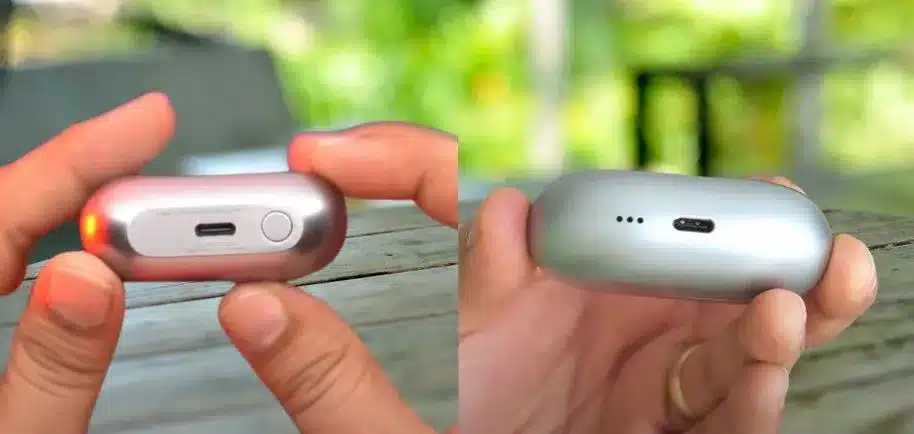
Both charging cases are about the same size and can be charged with a USB-C cable or wirelessly.
Sound Quality
Both earbuds sound great, but they have different styles. The Samsung Galaxy Buds 3 Pro focus more on bass, even when you’re not using any special sound settings. This makes them great for urban music and people who love strong bass.
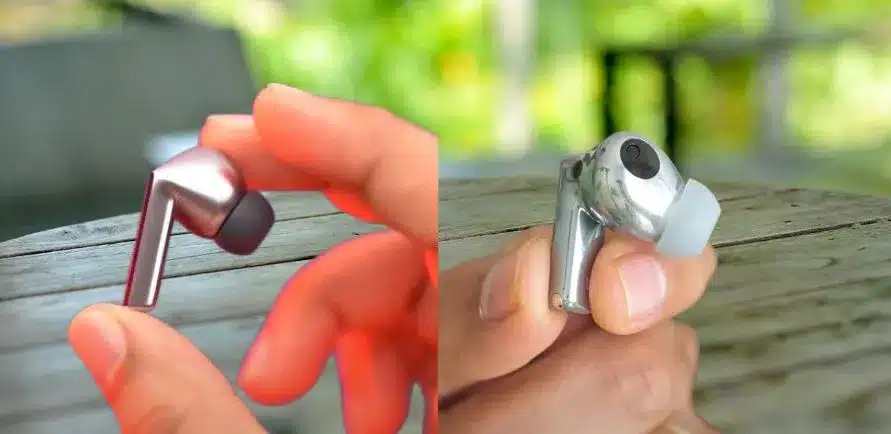
The Huawei FreeBuds Pro 3 have a more balanced sound, which is better if you like listening to many different types of music.
Both let you change the sound using settings in their apps, so you can make them sound the way you like.
Audio Codecs and Compatibility
This is where the Huawei FreeBuds Pro 3 really shine. They support something called the LDAC codec, which allows for very high-quality audio and works with lots of different devices.
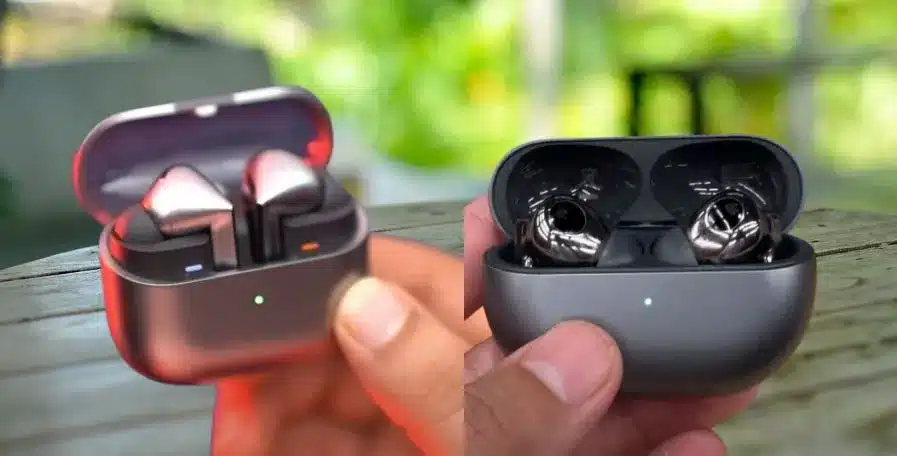
The Samsung Galaxy Buds 3 Pro use Samsung’s own special audio system, which means they sound best when used with Samsung devices. If you’re really into audio quality or don’t use Samsung devices, you might prefer the Huawei earbuds.
Noise Cancellation
Right now, the Huawei FreeBuds Pro 3 are better at blocking out noise. They do a great job of stopping all kinds of sounds from bothering you, even on airplanes.
The Samsung Galaxy Buds 3 Pro are good at noise cancellation too, but not quite as good as the Huawei ones.
Samsung has a “dynamic” mode that’s supposed to adjust to your surroundings, but it doesn’t seem to work as well as they say. However, Samsung might make this better with future updates.
Call Quality
Both earbuds work well for phone calls, but there are some differences. The Huawei FreeBuds Pro 3 are better at cutting out background noise during calls, so people can hear you more clearly when you’re in noisy places.
The Samsung Galaxy Buds 3 Pro are good for calls too, but not as good in very noisy situations. They might get better with future updates.
Battery Life
The battery life is about the same for both. You can use them for around 5-6 hours with noise cancellation on, or about 7 hours with it off. Both can charge up quickly, which is handy if you’re in a hurry.
Additional Features
The Samsung Galaxy Buds 3 Pro have some extra features. They can tell when someone is talking to you and can alert you to important sounds like sirens.
The Huawei FreeBuds Pro 3 don’t have these special detection features.
Samsung Galaxy Buds 3 Pro vs Huawei FreeBuds Pro 3: Which Should You Buy?
Consider the following factors when making your decision:
- Price: If budget is a concern, the Huawei FreeBuds Pro 3 offer excellent value.
- Ecosystem: If you’re heavily invested in the Samsung ecosystem, the Galaxy Buds 3 Pro might integrate better with your devices.
- Sound preference: Bass lovers might prefer the Samsung option, while those seeking a more balanced sound might lean towards Huawei.
- Noise cancellation: Currently, Huawei has the edge in ANC performance.
- Audio codec support: For high-res audio across various devices, Huawei’s LDAC support is advantageous.
- Water resistance: If you need more robust water protection, Samsung’s IPX7 rating is superior.
As of August 2023, the Huawei FreeBuds Pro 3 seem to offer better overall value and performance, especially considering their lower price point.
However, the Samsung Galaxy Buds 3 Pro are still new to the market and may see improvements through future updates.
If you’re not tied to the Samsung ecosystem and prioritize balanced sound, better noise cancellation, and wider codec support, the Huawei FreeBuds Pro 3 are the better choice.
However, if you’re a Samsung user who enjoys bass-heavy sound and wants seamless integration with your devices, the Galaxy Buds 3 Pro could be the right fit for you.
You might like:
- Samsung Galaxy Buds 3 vs Apple AirPods 3: Choice is Yours!
- Samsung Galaxy Buds 3 Pro vs CMF Buds Pro 2: Premium or Budget-Friendly – Which to Buy?
- Huawei FreeBuds 6i vs Realme Buds Air 6 Pro: A Tough Call!
Nick, the Co-founder of Earbuds Arena, is a seasoned freelance tech journalist with over ten years of experience covering wearables, apps, headphones, and gadgets. When he’s not immersed in the tech world, you’ll likely find him unwinding with video games, going for a run, or enjoying a game of soccer on the field.
